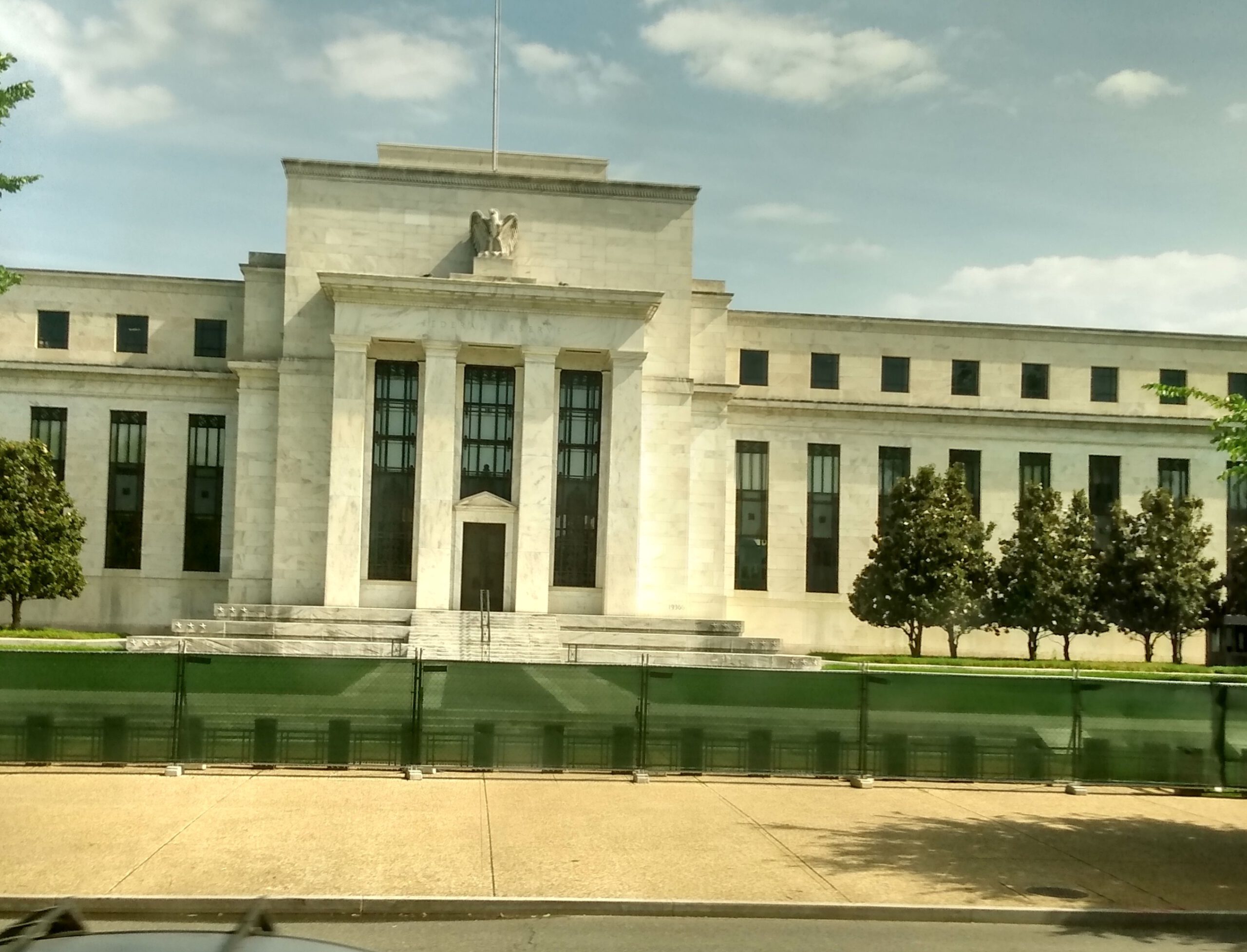Interest Rate Adjustments
Interest rates are one of the most direct tools central banks have at their disposal. By setting benchmark interest rates, they influence the cost of borrowing and the return on savings. When central banks decide to raise interest rates, borrowing becomes more expensive. This can translate into higher loan and mortgage rates for consumers, impacting everything from buying a house to financing a car. Conversely, when they lower interest rates, borrowing becomes cheaper, encouraging both spending and investment. It’s a delicate balance, as central banks aim to stimulate the economy without triggering inflation. Imagine interest rates as the thermostat of the economy, where a slight tweak can either warm it up or cool it down.
Control of Money Supply
Central banks also control the money supply, which is crucial for maintaining economic stability. They use monetary policy tools, such as open market operations, to regulate how much money is circulating within the economy. By buying government securities, they inject money into the economy, while selling them can pull money out. This ability to adjust the money supply helps manage inflation and stabilize purchasing power. It’s like a gardener pruning a tree, ensuring it grows healthy and strong without becoming unruly. This control is vital in preventing the economy from overheating or falling into a slump.
Inflation Targeting
Inflation targeting is another key function of central banks. They aim to maintain price stability by keeping inflation within a target range. This is done through various policy measures designed to ensure that the purchasing power of money remains stable over time. When inflation is too high, the value of money erodes, reducing what consumers can buy with their earnings. Conversely, deflation can lead to decreased consumer spending, as people might hold off on purchases expecting prices to fall further. Central banks strive to keep inflation steady, much like a tightrope walker balancing on a wire, ensuring the economy remains on a stable path.
Regulation of Financial Institutions
Central banks are also the watchdogs of the financial system, overseeing commercial banks and other financial institutions. This regulatory role ensures the stability and integrity of the financial system, protecting consumers from potential bank failures. By setting requirements for capital reserves and conducting regular inspections, they maintain confidence in the financial system. It’s akin to a lifeguard watching over a busy pool, ensuring everyone plays safely and no one gets into trouble. Their oversight helps prevent financial crises that could lead to economic downturns.
Lender of Last Resort

In times of financial distress, central banks act as the lender of last resort. They provide emergency loans to financial institutions facing liquidity shortages, averting potential bank runs. This function is critical in maintaining stability and ensuring consumers continue to have access to their deposits and credit. Think of it as a safety net, catching financial institutions before they hit the ground, preventing widespread panic and economic chaos. This role underscores the central bank’s importance in crisis management.
Influence on Employment
Central banks indirectly influence employment levels by managing economic growth through monetary policy. Lowering interest rates can stimulate economic activity, potentially leading to job creation. On the other hand, raising rates might cool an overheating economy, possibly slowing employment growth. It’s like steering a large ship, where careful adjustments to the course can lead to safe and prosperous journeys. The interplay between interest rates and employment highlights the central bank’s role in fostering a healthy economy.
Exchange Rate Management
Some central banks engage in foreign exchange operations to influence the value of their national currency. These actions can affect the cost of imported goods and services, thereby impacting consumer prices and spending. By stabilizing exchange rates, central banks help maintain competitive markets and protect the economy from volatile currency fluctuations. Consider it like a conductor leading an orchestra, ensuring all instruments play in harmony, creating a balanced and pleasing economic symphony.
Communication and Expectations
Finally, central banks manage public expectations through policy announcements and guidance. By signaling future policy actions, they influence consumer and investor behavior, affecting spending, saving, and investment decisions. This communication is akin to a lighthouse guiding ships through stormy seas, providing clarity and direction. By managing expectations, central banks help stabilize markets and encourage informed decision-making among consumers and businesses alike.
Central banks, through these sophisticated mechanisms, exert a significant influence on the economy and our finances. While their actions may seem distant and abstract, they have tangible effects on everyday life, from the interest rates on loans to the prices of goods and services. Understanding these roles helps demystify the powerful forces that shape our economic environment.



